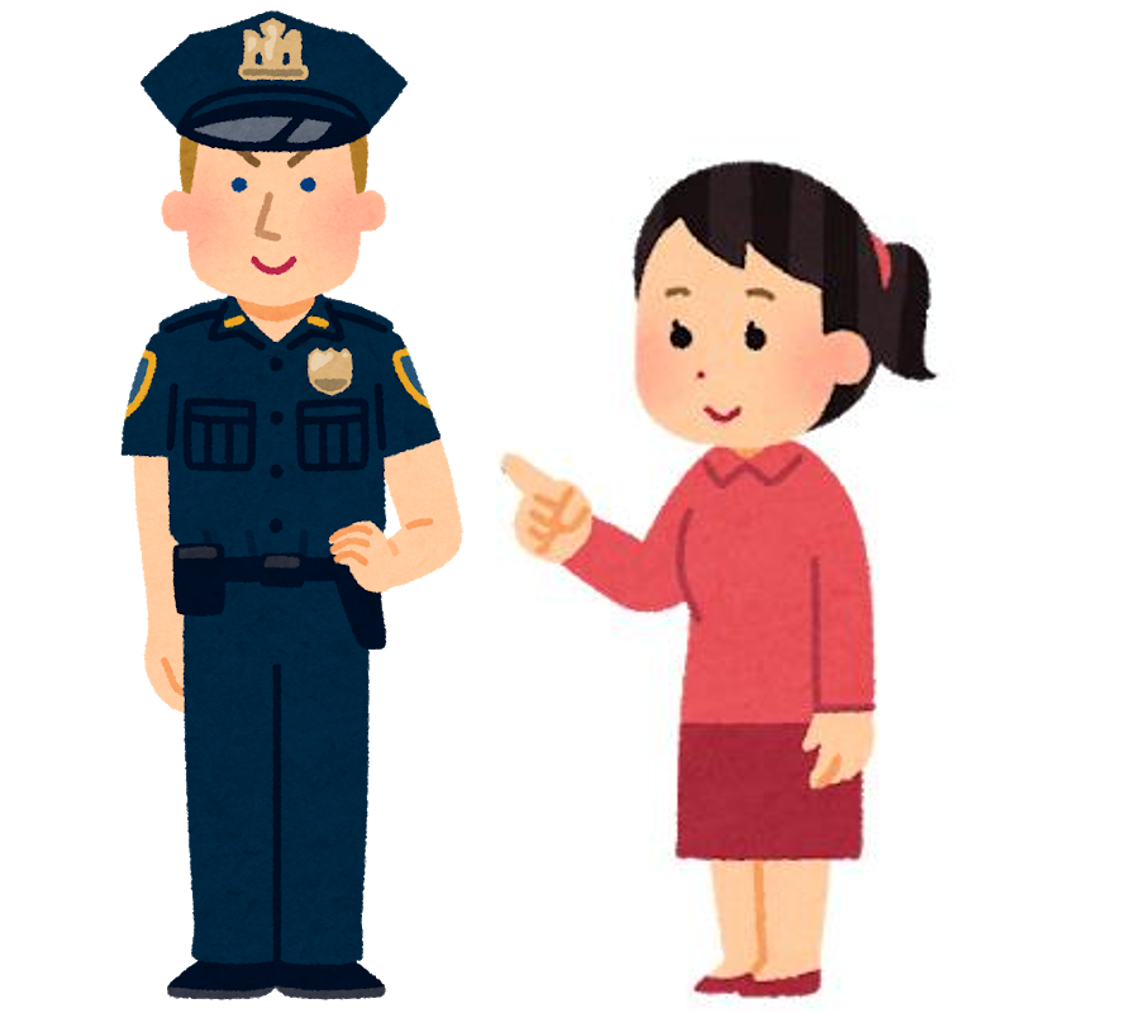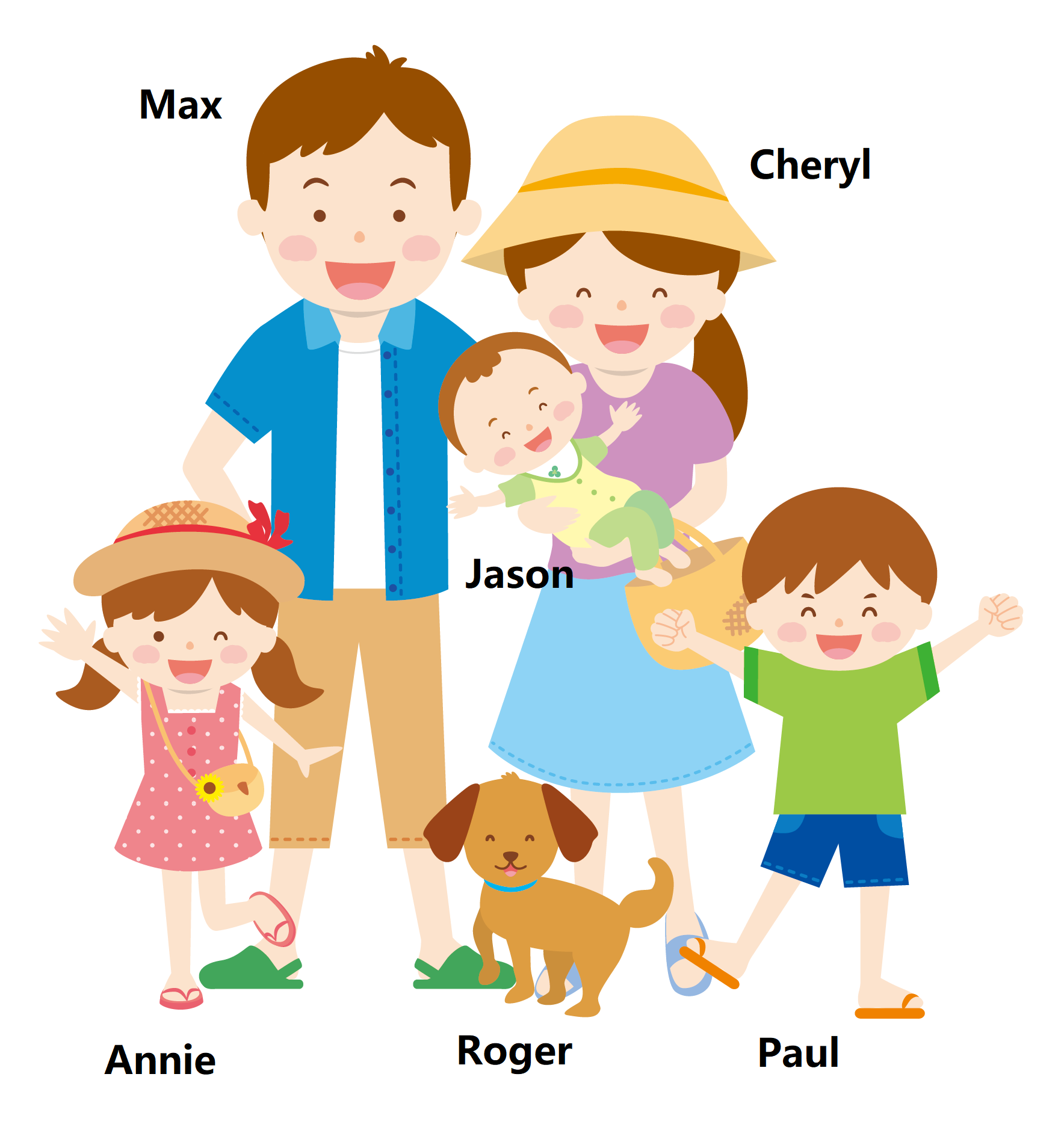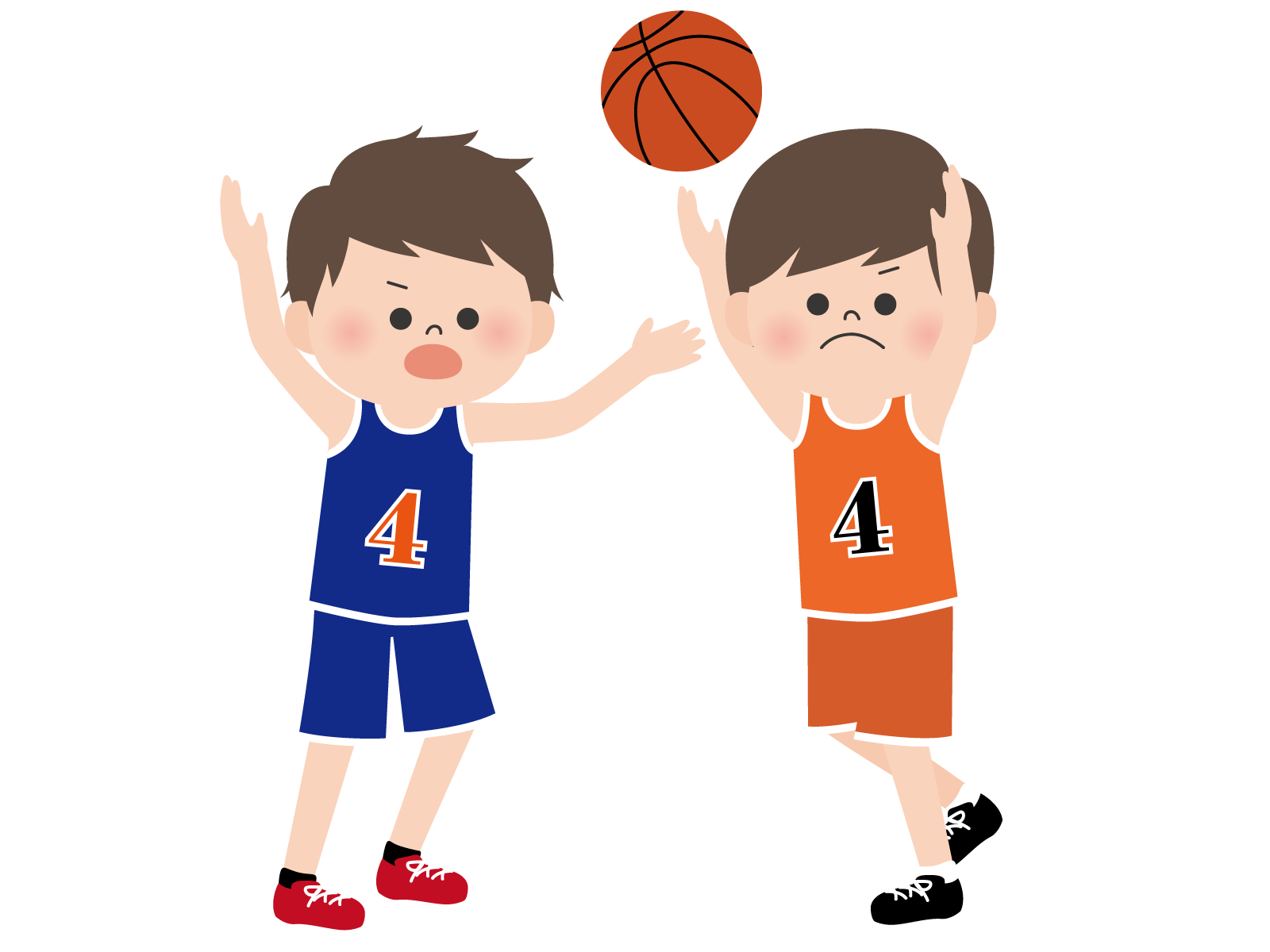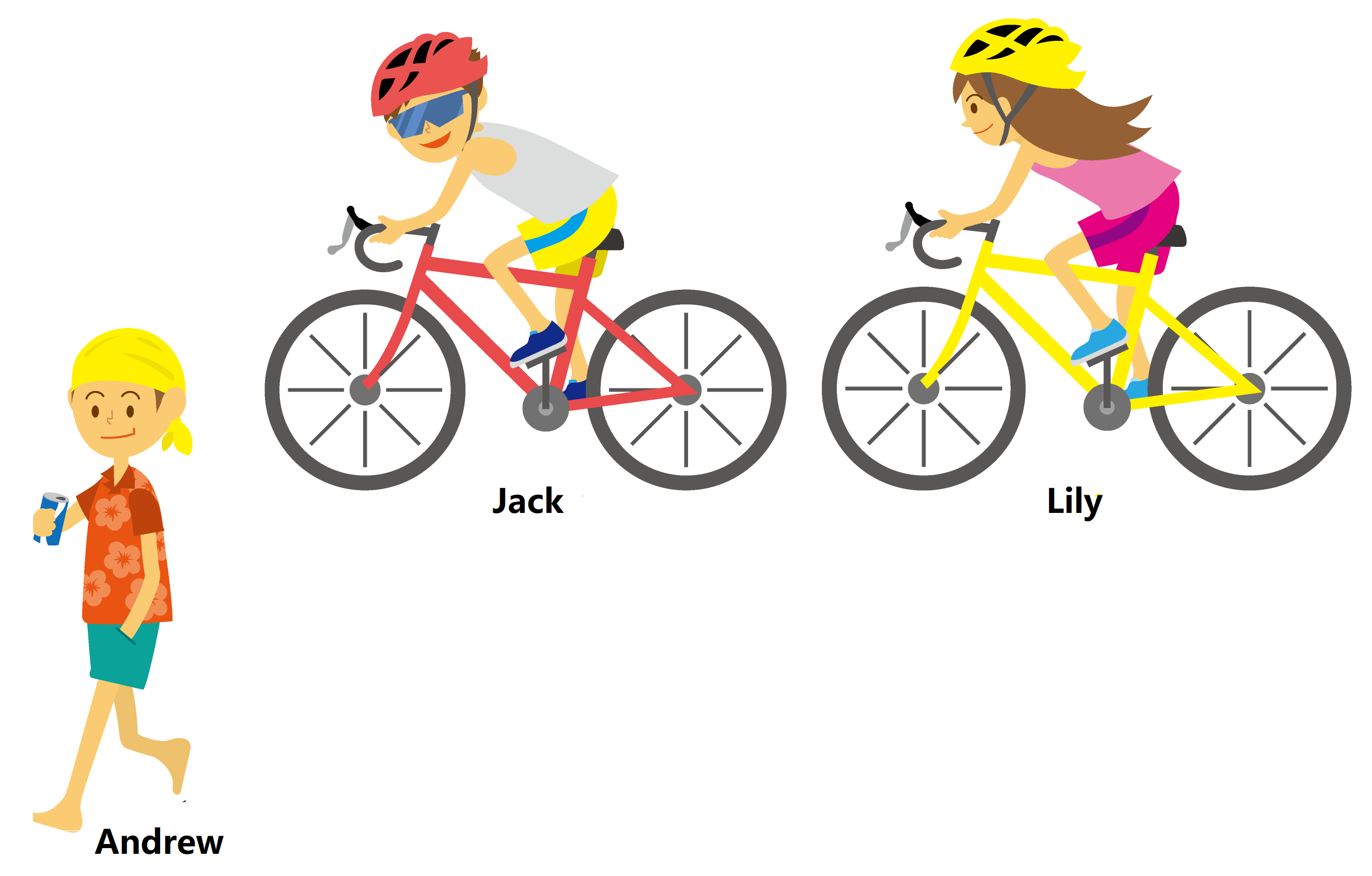In this material, you will learn how to talk about food and dining in an English conversation.
この教材では、食べ物と食事について話す練習をします。

I’m starving. We still have few minutes left until lunch time.
|
Me, too. I can’t wait to eat my packed lunch. What do you have for lunch?
|

I have salmon steak, rice, and a banana. How about you?
|
Delicious! I have stir-fry vegetables, rice, and a peach. |

Your lunch is also delicious! I noticed that you always have peaches for dessert. Is it your favorite fruit?
|
Yes! I really love peaches. They taste really sweet and juicy. Here, have some.
|
| 1. | If you could eat just one food for a day, what would it be and why? |
| Answer: | |
| 2. | Which one do you prefer? Home-cooked meals or fast-food/restaurant meals? |
| Answer: | |
| 3. | What is your country’s national food? |
| Answer: | |
| 4. | What is a staple food in your country? |
| Answer: | |
| 5. | What is your opinion about vegetarians? |
| Answer: | |
| 6. | What do you usually eat for breakfast? |
| Answer: | |
| 7. | Do you prefer eating alone to eating with your family/friends? |
| Answer: | |
| 8. | What snacks do you usually eat? |
| Answer: | |
| 9. | What dishes/ foods can you cook? |
| Answer: | |
| 10. | What kinds of cuisine do you like? |
| Answer: |
| Grammar 文法 |
Pronunciation 発音 | Vocabulary 単語 |
Comprehension 理解 |
|
|---|---|---|---|---|
 GOOD GOOD |
文法の誤りはほとんどなく、完全な文章で話すことができる | ほとんどの単語をはっきりと正しく発音することができる | 習った表現を適切に使うことができる | 文章を理解し、質問に正しく答えることができる |
 FAIR |
文法の誤りはあるが、完全な文章で話すことができる | 発音の練習が必要な言葉がいくつかある | たまにミスはあるが、習った表現を適切に使うことができる | 文章を完全に理解するのは難しく、質問に正しく答えられないときもある |
 POOR |
文章で話すのは難しく、単語だけで話すことができる | 発音の練習が必要である | 習った単語と表現を少しだけ使うことができる | 文章を理解するのは難しく、質問に答えるのは難しい |
レッスン教材の改善・拡充を図ることを目的とし、アンケートを実施しております。
以下のURLからアンケートにお答えいただき、 ご意見・ご要望をお聞かせください。
アンケートはこちら

















